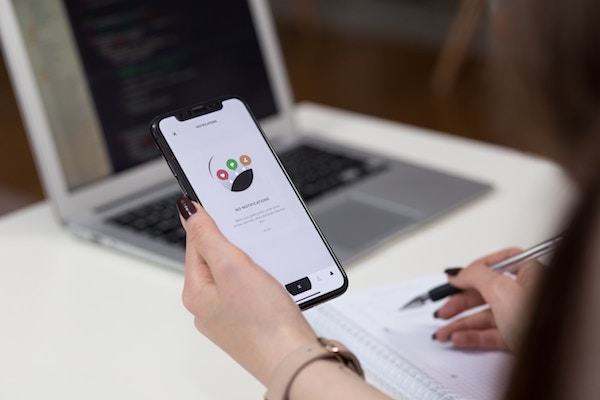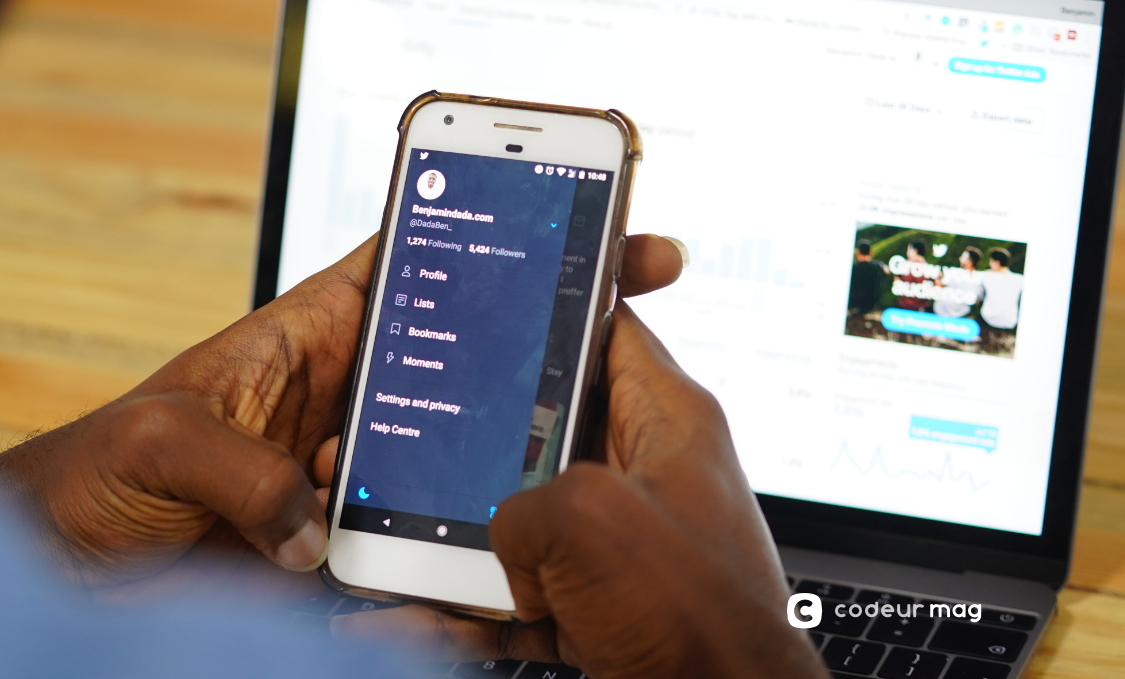5 things to consider when creating a mobile application

The launch of a mobile application (like a website) is always a period of doubt and hesitation, where you don’t know if everything has been done to make it appealing and attractive to Internet users.
To fight as much as possible against these uncertainties, it will be necessary to be very fastidious and to focus on each point which could create or destroy value for the person having downloaded the application (convince), or which would be likely to download it (seduce).
Whether it is through the understanding of the market, the graphic and technical design of the application or the permanent evolutions that require a mobile application, many points are to be taken into account.
Let’s look at the most important ones together, in the heart of this article.
The application must meet a need
The first point to consider is that the application must meet a need of the targeted mobile users.
To do this, it is necessary to conduct a market study to understand :
- the current market of applications and those that will be your competitors;
- user behavior and the profile of those who will be your target;
- the expectations of this target in relation to a new application.
These are the first elements allowing you to formalize the needs of your future users, and to understand what value proposition you are going to propose to them.
It is from this understanding of the market that you will be able to start the development of your application on a solid marketing basis.

Later on, during development and especially during use (after going live), you will notice points to improve and feedback from users. You will be able to use this to optimize your application directly according to the feedback. More agility for more performance!
The user experience must be at the heart of the reflection
Our first point was about substance, the second more about the link between substance and form.
The user experience consists of all the points that make the quality of the experience on the application.
We can talk about the fluidity of navigation for example, the zoning of buttons and elements constituting the bricks of the application, and a set of criteria that must be met to ensure the best experience to your users.
A UX / UI design guarantees a logical and accessible operation associated with a pleasant design that will please.

In the harsh world of mobile applications, those that do not respect the basic rules in UX / UI are quickly discarded by mobinauts and may be preferred to an application that brings less value, but much more comfortable to handle or prettier to see.
Testing is the gateway to online publishing
Once the application is developed, one of the critical steps remains to be taken: testing.
They are the guarantors of the proper functioning of the application and of a good online release. Without them, it is impossible to realize that certain details do not work, graphically, ergonomically and functionally speaking.
To carry out these tests, you can do them internally, then open them to a beta audience of potential future users of the application. They will be able to test, without being influenced by the development, and identify any blocking details.

This period is frustrating since it postpones the release of the application and forces you to rework an application you thought was finished. Patience is essential here and meticulous work will be rewarded at release by a good reception from the target audience.
These tests can also be done in the form of A/B Testing, through specific tools, which will allow you to choose between different colors, information, structures within the application itself. By offering two or more different ways to navigate, you allow your testers to compare and be more efficient in their tests.
As we said in the first point, the big test phase just before the release of the application will not be finished once the application is online. Of course, in an agile approach, it will be necessary to be constantly listening to the market, to your users, and to perform continuous tests to optimize the application regularly.
The description of the application allows you to be quickly identified
The application description may seem optional as what really matters is what it does and how it is. But it’s true!
However, before you even download this application, you need to give the user a good reason to download it.
In this very competitive world, the description will allow you to differentiate yourself and to quickly express the usefulness of your application. It is in two lines that you will have to “sell” yourself and explain why it is necessary to download it.

So be brief, concise and catchy so that in a few seconds your target gets an idea about the service offered and the value it will gain.
Moreover, more than just the description, the whole “file” of the application must be worked on, with a logo, a description, visuals and technical specifications that attract in the blinds and move from a passive state (I’m looking) to an active state (I’m going to download to see what it’s worth).
Always pay attention to details
The devil is in the details, it’s well known, and it’s even more true for a mobile application.
It’s important to know that some of these details can make your app a success or a failure.
The icon
It allows you to immediately identify the brand and memorize the application that is linked to it.
Like a logo, it is part of the graphic essentials to communicate well and be seen by future users. You will find some tips for creating an icon here.
The speed of loading
The speed of loading is essential for an application. Too much time, and 50% of the users you will have duly gained will leave.
On the Internet and even more so on mobile, people don’t have time to wait. Not providing them with what they want quickly is the best way to frustrate them and make them judge your application as obsolete, broken or non-performing.
So also think about optimizing the loading times and weight of the application.
Data consumption
Data is important on cell phones, because not having any more means being restricted by your operator. And that “is not possible my dear”!
In fact, even if mobile contracts offer more and more data, be careful that your application is not too energy consuming (for the battery) and for the data so that it can be used over time by your users.
If not, it will be used once to discover it, then uninstalled afterwards.
The pricing model of the application
It can be a real barrier to application development.
This is why many publishers choose to go free with paid bonuses.
Attention: The additional elements must be important enough to make the user want to pay and buy a premium version of the application.
Others prefer for an immediate pay model, judging that the value offer is important enough to ask for an immediate contribution.
This model is up to you to define according to your business model, the market analysis, and the needs of your consumers. Of course, you can make it evolve over time as for the rest of the application.
Within the article, we wanted to prepare you for the various tests that await in the world of mobile applications. Far from being exhaustive, this list of points to take into account seeks above all to awaken you on the subject and allow you to take into consideration all facets of this work.
In a search for performance and quality for a future application, come and discover our great freelance developers and launch your project in the best way!
Also read: Entrepreneurs: 6 tips for hiring the best developer



